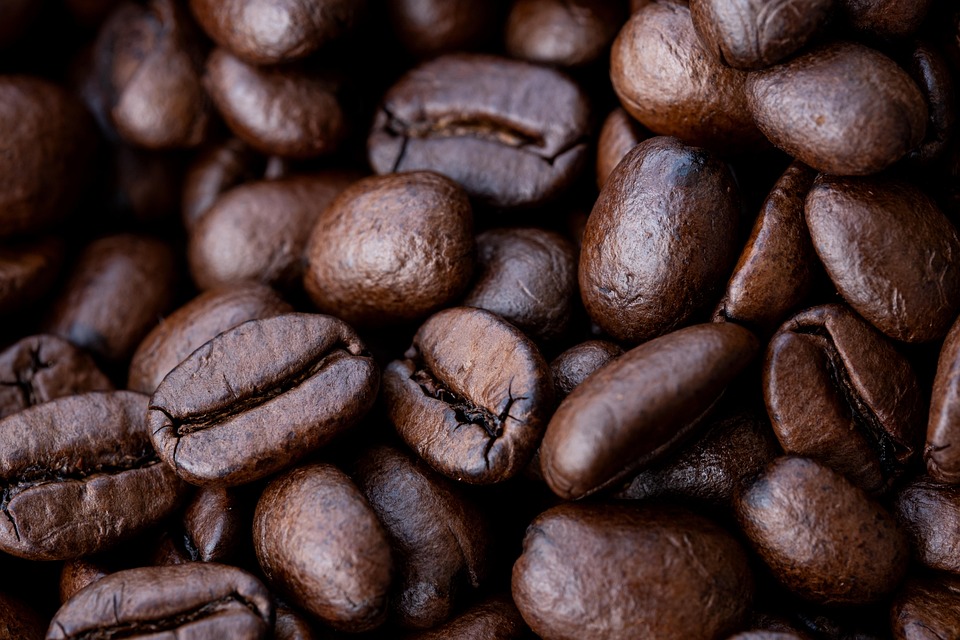In recent years, the world has seen a remarkable resurgence in ancient food preservation techniques, with fermentation taking center stage. From tangy kimchi to fizzy kombucha, these fermented delights not only tantalize our taste buds but also offer a treasure trove of health benefits. This article delves into the rich tapestry of fermented flavors, exploring popular options and their unique profiles.
The Science of Fermentation
At its core, fermentation is a natural process where microorganisms like bacteria, yeast, and molds break down sugars and starches into acids, gases, or alcohol. This transformation not only preserves food but also enhances its nutritional value and creates complex flavors. The art of fermentation can be traced back thousands of years, with various cultures developing their unique techniques and recipes.
Kimchi: A Spicy Korean Staple
Flavor Profile
Kimchi, a beloved dish in Korean cuisine, is primarily made from fermented napa cabbage and seasoned with chili pepper, garlic, ginger, and a mix of other spices. This vibrant dish boasts a bold, spicy, and tangy flavor that can range from mildly tangy to explosively spicy depending on the preparation.
Nutritional Benefits
Rich in vitamins A, B, and C, kimchi is also loaded with probiotics, which promote gut health and can improve digestion. In addition, the fermentation process enhances the bioavailability of nutrients, making them easier for our bodies to absorb.
Versatility
While traditionally associated with Korean meals, kimchi’s versatility has made it a favorite among chefs and home cooks alike. It can be utilized in a multitude of dishes, including fried rice, soups, tacos, or even as a topping for pizzas.
Kombucha: The Bubbly Probiotic Drink
Flavor Profile
Kombucha is a fermented tea drink that has gained widespread popularity for its unique effervescent properties and tangy taste. The base of kombucha is usually black or green tea, which is sweetened and fermented with a symbiotic culture of bacteria and yeast (SCOBY). The resulting drink is often slightly sour but can also feature a variety of flavors depending on the added fruits, herbs, or spices during the second fermentation.
Health Benefits
Often touted as a health tonic, kombucha is rich in probiotics and antioxidants. Many consume it for its potential benefits, which may include improved digestion, increased energy levels, and support for the immune system.
Creative Variations
From ginger-lemon to hibiscus-berry concoctions, kombucha can be flavored in numerous ways. Whether enjoyed straight, over ice, or as a mixer in cocktails, kombucha’s versatility makes it appealing to a broad audience.
Sauerkraut: The Eastern European Classic
Flavor Profile
Sauerkraut is finely shredded fermented cabbage that has a distinct sour and tangy flavor. The fermentation process transforms the cabbage, producing lactic acid, which contributes to its characteristic taste and helps prevent spoilage.
Nutritional Value
Rich in vitamin K, C, and various B vitamins, sauerkraut is also high in fiber. The probiotics formed during fermentation support a healthy gut, making it a valuable addition to a balanced diet.
Culinary Uses
While often served as a side dish or on hot dogs, sauerkraut can also be incorporated into salads, stews, and casseroles, elevating dishes with its tartness.
Miso: The Japanese Fermented Bean Paste
Flavor Profile
Miso is a traditional Japanese condiment made from fermented soybeans, rice, or barley. Depending on the fermentation time and ingredients, it can range from sweet and mild to rich and savory with umami notes.
Health Benefits
Miso is a source of high-quality protein, vitamins, and minerals, making it a nutritious addition to various dishes. The fermentation process also produces beneficial probiotics that can aid digestion.
Uses in Cuisine
From miso soup to marinades and salad dressings, miso adds depth and complexity to many Asian dishes. Its versatility in the kitchen allows for a myriad of creative culinary applications.
The Bold Future of Fermentation
As the culinary landscape continues to evolve, the allure of fermentation remains strong. Chefs and home cooks are increasingly experimenting with traditional flavors while also exploring novel ingredients for fermentation. With a focus on sustainability and health, fermented foods are not just a passing trend—they are becoming a staple in modern diets.
In summary, the world of fermented foods is rich with flavor and history. From the spicy crunch of kimchi to the effervescent sips of kombucha, these vibrant, tangy delights invite us to explore not only their dynamic profiles but also their myriad health benefits. So, whether you’re a seasoned foodie or new to the realm of fermentation, there’s a flavor for everyone to discover and enjoy.



